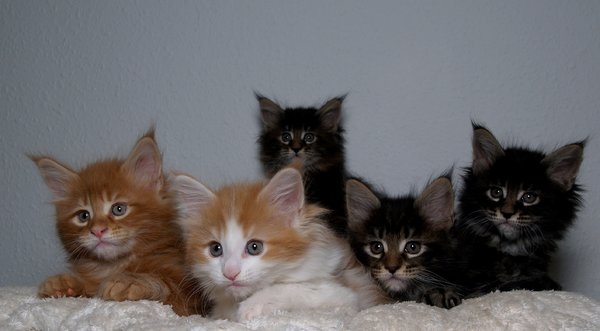
Cat litter and litter boxes play a critical role in the lives of both cats and their owners. From the modest starts of sand and soil to the innovative developments these days, the world of cat litter has actually evolved significantly. In this extensive guide, we look into every element of cat litter and litter boxes, exploring their history, types, advantages, obstacles, and whatever in between.
The history of cat litter go back centuries, with ancient civilizations utilizing sand, soil, and even ashes as primitive litter products. Nevertheless, it wasn't till the mid-20th century that modern-day cat litter as we understand it emerged. In 1947, Edward copyright introduced the world's first commercial cat litter made from absorbent clay, transforming the way cats relieved themselves indoors. Because then, cat litter has undergone numerous transformations, with the introduction of clumping litter, silica gel litter, biodegradable options, and more.
Today, cat owners are ruined for option when it pertains to picking the ideal litter for their feline buddies. Conventional clay litter remains popular for its affordability and effectiveness in absorbing smells. Clumping litter, which forms strong clumps when wet, streamlines cleaning and maintenance. Silica gel litter, composed of extremely absorbent silica crystals, uses exceptional odor control and longevity. Biodegradable alternatives, such as recycled paper, wood pellets, corn, and wheat, interest ecologically conscious consumers.
Each kind of cat litter provides distinct advantages. Clay litter stands out in its capability to take in wetness and control odors, making it a trustworthy choice for lots of feline owners. Clumping litter simplifies daily scooping and extends the time between complete litter modifications. Silica gel litter offers exceptional smell control and can last longer in between replacements. Biodegradable litters use a sustainable alternative that minimizes ecological impact.
While cat litter enhances indoor feline health, it is not without its difficulties. Dust from clay litter can pose breathing risks for both felines and people, prompting the appeal of dust-free alternatives. Some felines may establish litter box aversion due to cat litter pellets issues with texture, aroma, or cleanliness, demanding experimentation with different litters and box setups. Multi-cat homes may need strategic litter box positioning and frequent upkeep to prevent territorial conflicts and ensure all felines have access to clean centers.
Selecting the appropriate litter box is necessary for promoting positive litter box routines and general feline wellness. Elements to think about include size, availability, and design choices. Covered litter boxes provide personal privacy and help include odors, but some Litter Box Liners felines might find them restricting or intimidating. Open-top litter boxes provide simple access and presence but may lead to more litter scatter. Automatic self-cleaning litter boxes streamline upkeep however require routine tracking and upkeep.
Appropriate litter box maintenance is essential for making sure a clean and inviting environment for both felines and their owners. Daily scooping removes waste immediately, minimizing odor and preventing litter box aversion. Regular litter replacement, usually every 1-2 weeks, avoids bacterial buildup and Modern Litter Boxes preserves optimum absorbency. Thorough cleaning with moderate cleaning agent and water, avoiding harsh chemicals that may hinder felines from utilizing the box, ought to be performed monthly.
Cat litter and litter boxes play a central role in promoting a healthy and unified relationship in between cats and their human companions. With a diverse variety of litter alternatives and litter box designs available, cat owners have the versatility to customize their options to suit their cats' preferences and home requirements. By comprehending the evolution, types, benefits, and challenges of cat litter and litter boxes, animal owners can offer their feline pals with a comfy and sanitary indoor environment.